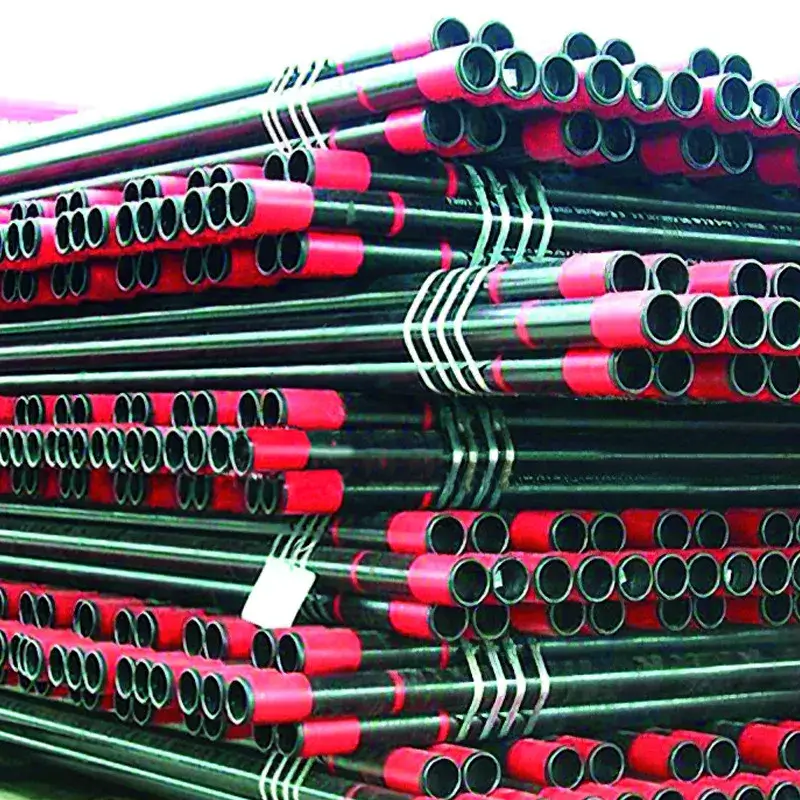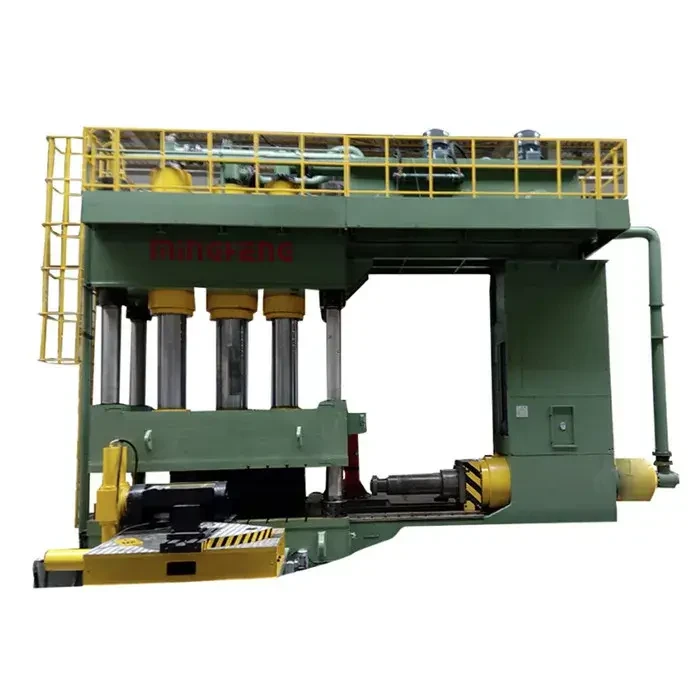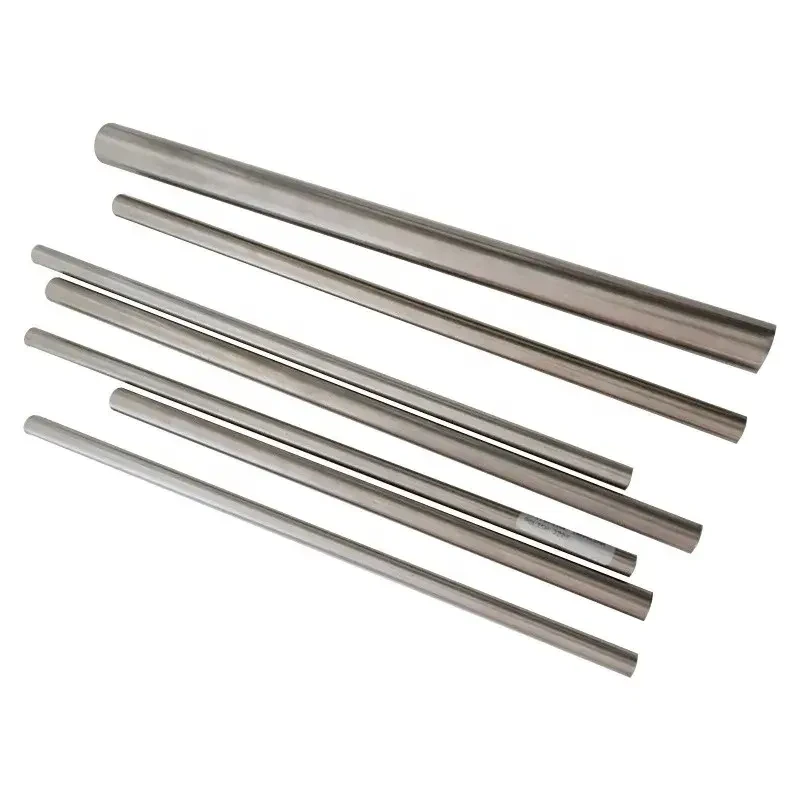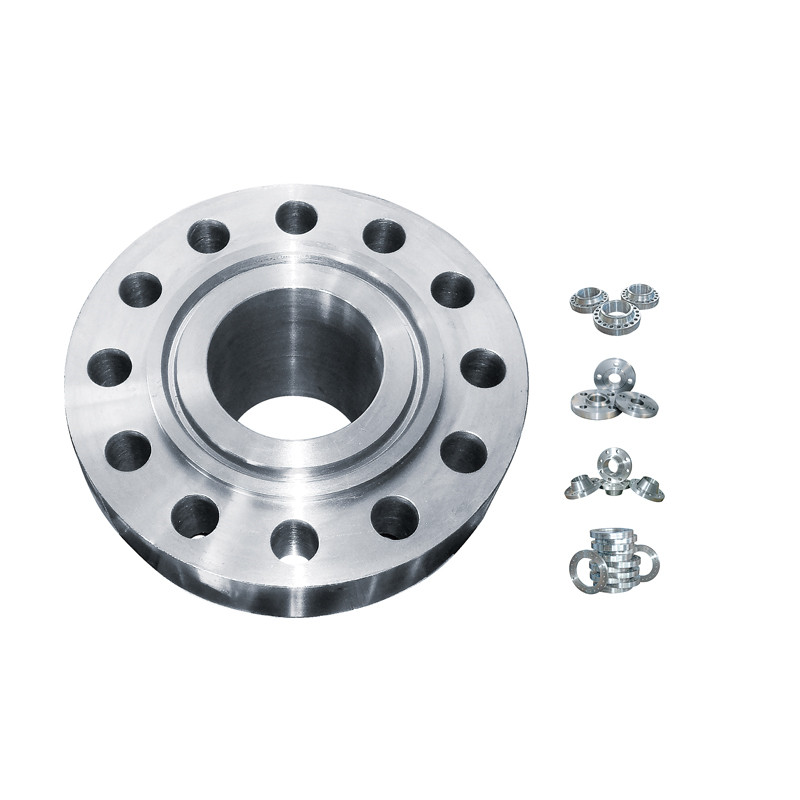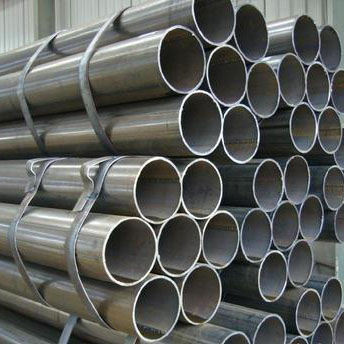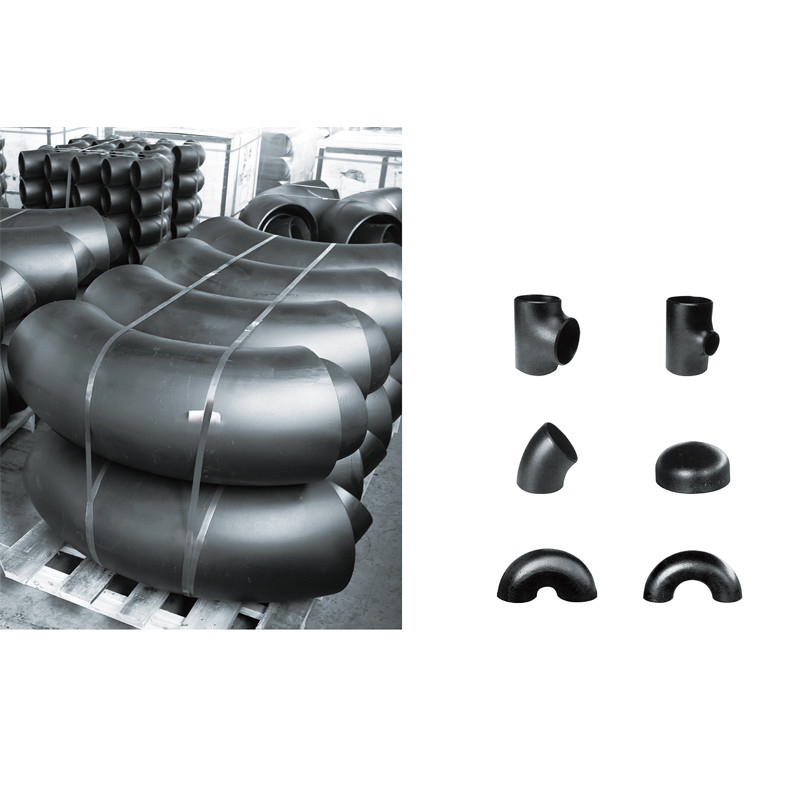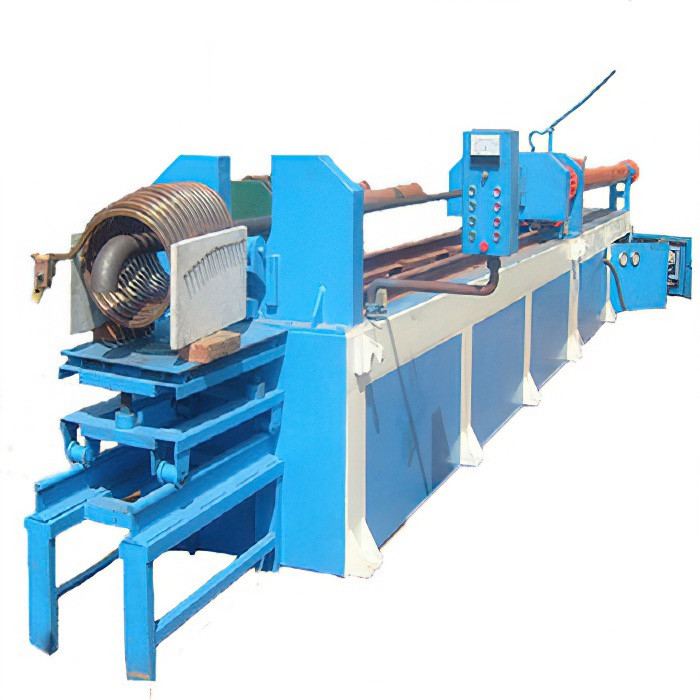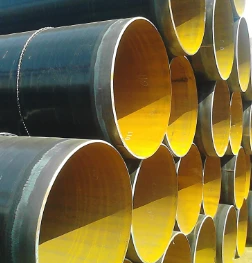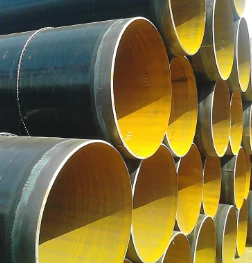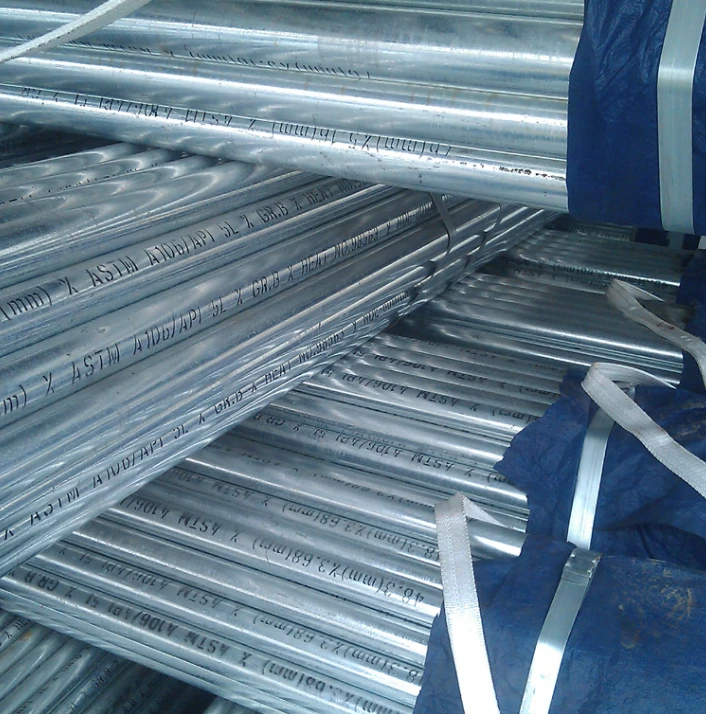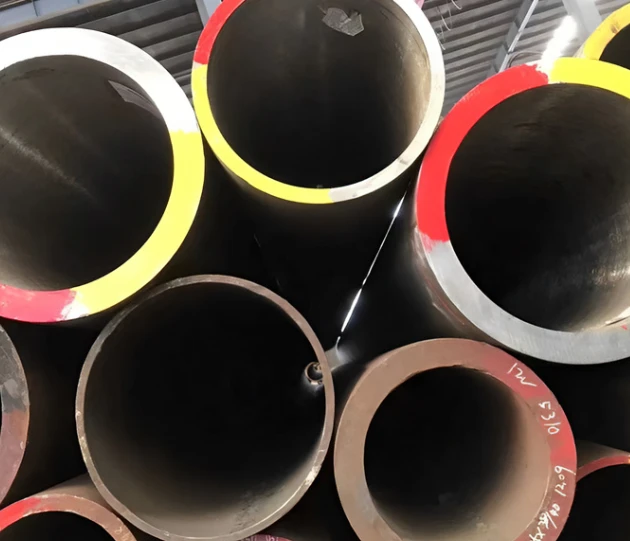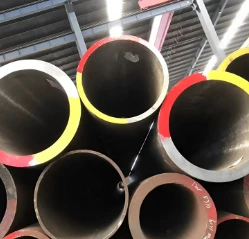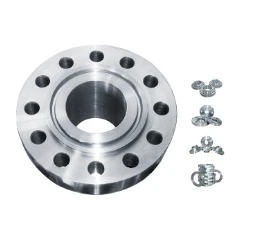Temporary Steel Structures An Overview
Temporary steel structures have become an integral component in various sectors such as construction, events, and emergency response. These structures are designed to provide functional spaces for limited periods and can be essential for meeting urgent demands while maintaining safety and efficiency. This article explores the benefits, applications, and considerations surrounding temporary steel structures.
What are Temporary Steel Structures?
Temporary steel structures are fabricated elements made primarily of steel, designed for short-term use. They can include scaffolding, temporary bridges, event stages, and modular buildings. The key feature that distinguishes these structures from permanent ones is their temporary nature, often designed to be disassembled, relocated, or reused after their initial purpose has been fulfilled.
Advantages of Temporary Steel Structures
1. Rapid Deployment One of the most significant advantages of temporary steel structures is their quick assembly and dismantling. This speed allows for fast-track projects, which is paramount in construction or event management scenarios where time is of the essence.
2. Flexibility Temporary steel structures can be customized to suit a variety of applications. From staging for concerts to emergency shelters, their adaptability makes them a versatile option. They can also be adjusted or expanded as requirements change.
3. Cost-Effectiveness Due to their temporary nature, these structures often represent a lower financial commitment compared to permanent constructions. Renting or leasing temporary facilities can be an economical solution for businesses or organizations that need space for a limited time.
4. Sustainability With growing focus on sustainable practices, temporary steel structures contribute positively by promoting circular economy principles. Many components can be reused several times, reducing waste and the demand for new resources.
5. Safety and Durability Steel offers high strength-to-weight ratios, making temporary steel structures robust and capable of withstanding harsh weather conditions. When designed and installed correctly, they provide a safe environment for workers and the public.
Applications of Temporary Steel Structures
1. Construction Sites Construction projects often require temporary offices, storage spaces, or worker accommodations. Steel structures can be erected quickly to meet these needs, ensuring that work progresses without unnecessary delays.
temporary steel structures
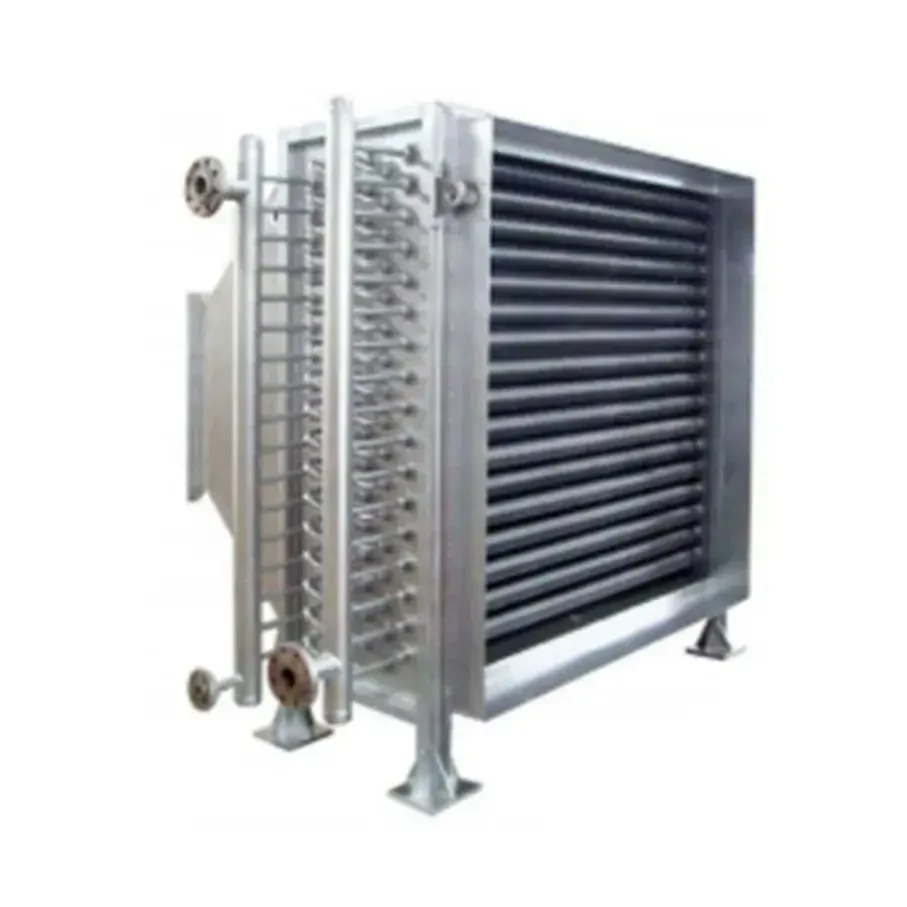
2. Events and Festivals From music festivals to corporate events, temporary stages, seating areas, and hospitality structures are essential. These steel frameworks can be tailored to create impressive spaces that enhance the attendee experience.
3. Disaster Relief In emergency situations such as natural disasters, temporary steel structures can provide immediate shelter and facilities for affected populations. Their quick deployment can be crucial in crisis management and recovery efforts.
4. Military Applications The military frequently utilizes temporary structures for bases, training facilities, and storage. The ability to set up and dismantle these structures quickly provides strategic advantages in various operational scenarios.
5. Sports Facilities Temporary steel structures are commonly used in sports events, providing grandstands, VIP areas, or press boxes. Their flexibility allows for temporary augmentation of existing facilities, accommodating diverse sporting events.
Key Considerations
Despite the many advantages, there are critical factors to consider when planning temporary steel structures.
- Design and Engineering Adequate engineering is paramount to ensure these structures meet safety guidelines and local regulations. Collaborating with experienced professionals can help mitigate risks.
- Site Conditions The location of the structure can greatly influence its stability. Factors such as soil type, weather conditions, and surrounding infrastructure must be considered during the planning phase.
- Permits and Regulations Depending on the jurisdiction, specific permits may be required for the installation of temporary structures. Understanding these regulations is essential to avoid legal complications.
- Logistics and Transportation Efficient logistics play a crucial role in the deployment of temporary steel structures. Planning for transportation, assembly, and eventual disassembly is vital for smooth operations.
Conclusion
Temporary steel structures represent a practical and flexible solution across various industries. Their ability to provide rapid, safe, and cost-effective spaces makes them invaluable during construction projects, events, and emergency situations. As the demand for temporary solutions continues to grow, innovations in design and materials will likely enhance their applicability and efficiency, further solidifying their role in modern infrastructure.
Post time: Dec . 23, 2024 14:37


